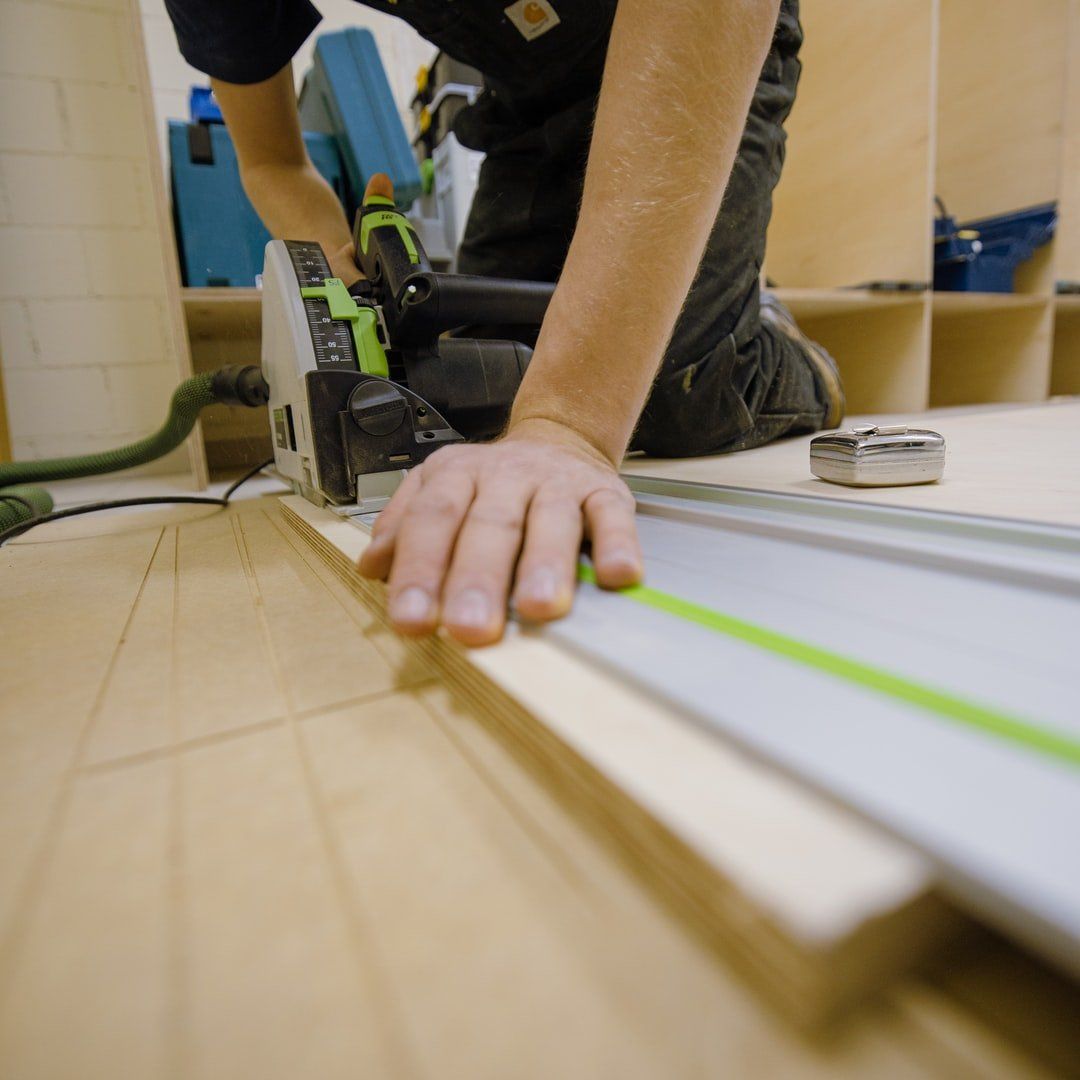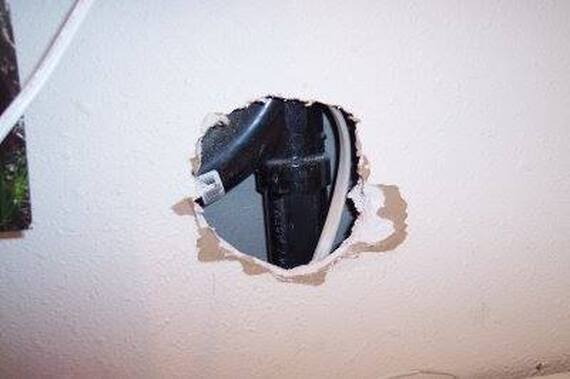Orange Peel Texture: An Easy Way to Add Character to Any Room
Master the Art of DIY Orange Peel Texture for Stunning Wall Finishes
When it comes to adding a touch of character and uniqueness to your home, wall textures play a pivotal role. Among the various texture options available, orange peel texture stands out for its subtle yet distinctive finish. This texture resembles the skin of an orange, hence the name, and offers a stylish alternative to plain, flat walls. Whether you are renovating your home or simply looking to enhance a room, mastering the application of orange peel texture can be a rewarding DIY project.

What is Orange Peel Texture?
Orange peel texture is a popular wall finish technique that gives surfaces a slightly bumpy, dimpled appearance similar to the peel of an orange. This texture not only adds visual interest to walls but also helps in hiding minor imperfections. It's commonly used on both walls and ceilings in residential and commercial properties.
Tools and Materials Needed for Orange Peel Texture
Before diving into the application process, it's essential to gather all necessary tools and materials. Here’s a comprehensive list to get you started:
- Orange peel texture spray: Available in aerosol cans for easy application.
- Orange peel texture paint: A thicker paint specifically formulated for texture application.
- Repair orange peel texture kit: Includes necessary materials for touch-ups and repairs.
- DIY orange peel texture tools: Items like a hopper gun, air compressor, or texture sponge.
- Orange peel texture sponge: A specialized sponge for creating or repairing texture manually.
- Orange peel texture can: Pre-mixed texture compound available in cans.
- Home Depot orange peel texture: Ready-to-use products from Home Depot.
- Homax orange peel texture: A trusted brand offering various texture products.
- Orange peel texture spray can: Convenient for small projects and quick repairs.
Preparing the Surface
Preparation is crucial for achieving a professional-looking orange peel texture. Follow these steps to prep your surface:
Clean the Walls: Remove any dust, dirt, and grease from the walls using a mild detergent and water.
Repair Imperfections: Use a spackle or joint compound to fill in holes, cracks, and other imperfections. Sand the repaired areas smooth once dry.
Prime the Surface: Apply a coat of primer to ensure better adhesion of the texture material. This is especially important on new drywall or previously glossy surfaces.
Applying Orange Peel Texture: Step-by-Step Guide
Using Orange Peel Texture Spray
One of the easiest methods for applying orange peel texture is using a texture spray can. Here’s how to do it:
Shake the Can: Thoroughly shake the orange peel texture spray can to mix the contents.
Test Spray: Practice spraying on a piece of cardboard or scrap drywall to get a feel for the spray pattern and pressure.
Apply Texture: Hold the can about 18 inches from the wall and spray in a consistent, sweeping motion. Apply the texture evenly, working in small sections.
Blend Edges: Feather the edges of each section to ensure a seamless finish.
Let it Dry: Allow the texture to dry completely before painting.
Using Orange Peel Texture Paint
For larger projects, orange peel texture paint can be applied using a roller or a hopper gun. Follow these steps:
Mix the Paint:
Stir the texture paint thoroughly to ensure an even consistency.
Load the Roller or Hopper Gun: Depending on your chosen application method, load the texture paint into the roller tray or hopper gun.
Apply the Texture: If using a roller, roll the paint onto the wall in overlapping strokes. If using a hopper gun, spray the texture evenly onto the surface.
Adjust the Texture: Use a texture sponge to adjust and refine the texture as needed.
Dry Time: Allow the texture to dry according to the manufacturer’s instructions before applying a topcoat of paint.
Repairing Orange Peel Texture
Over time, walls with orange peel texture may require repairs due to damage or wear. Here’s a simple guide to repair orange peel texture:
Clean the Damaged Area:
Remove any loose debris and clean the area with a damp cloth.
Apply Spackle: Use spackle or joint compound to fill in any holes or cracks. Smooth the surface with a putty knife.
Blend the Texture: Use an orange peel texture spray can or a texture sponge to blend the repaired area with the existing texture.
Let it Dry and Paint: Once the texture is dry, repaint the area to match the surrounding wall.
DIY Orange Peel Texture Tips
Embarking on a DIY orange peel texture project can be fulfilling. Here are some tips to ensure success:
Practice First:
If you’re new to applying texture, practice on a small, inconspicuous area or a piece of scrap drywall.
Consistency is Key: Maintain consistent pressure and movement when spraying or rolling the texture to achieve an even finish.
Ventilation: Ensure proper ventilation in the room to expedite drying times and reduce exposure to fumes from sprays and paints.
Protect Surfaces: Cover floors, furniture, and adjacent surfaces to protect them from overspray and splatters.
Choosing the Right Products
With numerous products available, selecting the right ones can make a significant difference in the outcome of your project. Here’s a quick overview of some popular options:
Home Depot Orange Peel Texture:
Offers a range of ready-to-use texture sprays and compounds, making it convenient for DIYers.
Homax Orange Peel Texture: Known for its quality and reliability, Homax provides various products suitable for both small repairs and large-scale projects.
Orange Peel Texture Spray Can: Ideal for quick repairs and small areas, these cans are user-friendly and provide excellent results.
Advantages of Orange Peel Texture
Applying orange peel texture to your walls offers several benefits:
Aesthetic Appeal:
Adds a unique and visually interesting element to your walls.
Conceals Imperfections: Hides minor dents, dings, and blemishes, giving walls a smoother appearance.
Durability: Creates a robust and long-lasting finish that can withstand everyday wear and tear.
Easy Maintenance: Simple to touch up and repair as needed.
Common Mistakes to Avoid
To ensure a flawless finish, avoid these common mistakes:
Skipping Preparation: Failing to clean and prime the surface can result in poor adhesion and an uneven texture.
Inconsistent Application: Uneven spraying or rolling can create patchy areas and an unprofessional look.
Over-Application: Applying too much texture at once can lead to drips and a heavy, unattractive finish.
Ignoring Drying Times: Rushing the drying process can compromise the texture’s durability and appearance.
Conclusion
Adding orange peel texture to your walls is an excellent way to enhance the aesthetic appeal of any room. Whether you choose to use an orange peel texture spray, orange peel texture paint, or even a texture sponge, this DIY project is accessible to homeowners of all skill levels. By following the steps outlined in this guide and using the right products, you can achieve a
professional-looking finish that adds character and charm to your space. Remember to take your time, practice your technique, and enjoy the transformative results of your hard work.
You might also like
Book a Service Today
We will get back to you as soon as possible
Please try again later
Phone
Working hours
- Mon - Sun
- -
Copyright Drywall For Philadelphia | Proudly Powered by Snapps SEO



